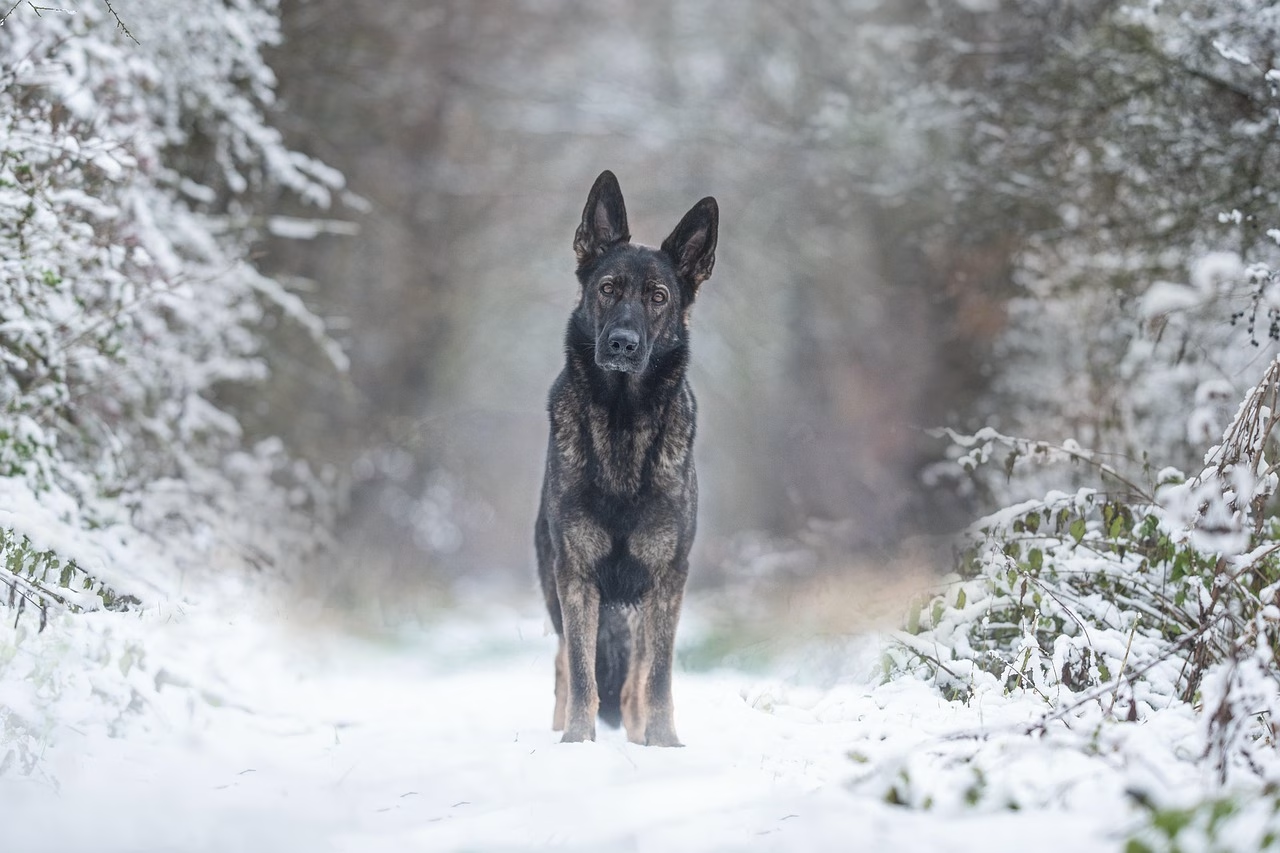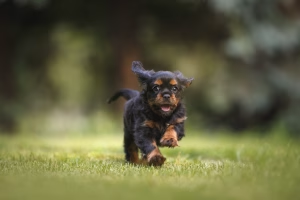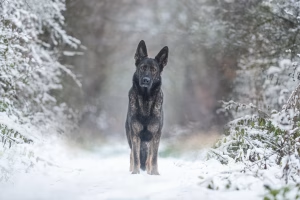
Introduction
When your dog misbehaves, most people look at the dog as the problem. But in reality, canine training always begins with you — your mindset, your consistency, your timing, and the way you guide and support your dog.
If you get that wrong, every command or technique becomes shaky ground. But if you get yourself right, the rest falls into place.
In this post, I will walk you through:
-
Why the person at the other end of the lead matters more than you think
-
The core skills every owner needs for effective canine training
-
How your emotional state affects your dog instantly
-
A real story of transformation from my book
Why one-to-one canine training sessions in London are the fastest way to create lasting change

Why the Person at the Other End of the Lead Matters Most
Your dog is always watching you. Dogs don’t learn in isolation. They mirror and respond to your energy, your clarity, and your leadership.
If you are unsure, inconsistent, or emotionally scattered, your dog will reflect that with confusion, anxiety, or reactivity.
Think of it as a dance. If one partner is out of rhythm, the dance collapses. You and your dog are partners. When you aren’t in sync, things fall apart.
So in many cases of “bad behaviour,” the issue is not the dog being naughty — it is the person not presenting a calm, confident, consistent guide.

The Core “You Skills” That Make Canine Training Work
Emotional Self-Control
If you react emotionally — frustration in your voice, impatience in your movement — your dog will mirror it.
Practise pausing when you feel tension. Breathe, reset, then act.
Clarity and Consistency
Dogs crave clear rules. If you allow jumping up sometimes but correct it at other times, your dog never knows the rule.
Decide what you expect and follow through every time.
Timing and Observation
The “when” matters more than the “what.” If you miss the moment to correct or guide, the dog either ignores you or reacts too strongly.
Learn to spot subtle signals — lip licking, freezing, turning away — before behaviour escalates.
Presence and Energy
Every interaction carries your presence — calm, tense, distracted, or patient.
Dogs read this immediately. Practise walking with intention, shoulders relaxed, voice steady and low.
Leadership Through Guidance
Leadership is not force. It is clarity, structure, and protection. You set boundaries, create safety, and help your dog succeed.

How Your State Shapes Your Dog’s Behaviour
If you are nervous or hesitant
-
Signals: shifting weight, tight lead, clipped tone
-
Dog’s reaction: hesitation, ignoring, or overreacting
If you are calm and confident
-
Signals: steady steps, relaxed shoulders, calm voice
-
Dog’s reaction: relaxation, focus, and trust
If you are frustrated or rushed
-
Signals: barking commands, pulling, sharp movements
-
Dog’s reaction: resistance, lunging, or escalation
Example: You see another dog on a London street. Your chest tightens, you grip the lead, your pace quickens. Your dog feels your panic and reacts. But if you keep your body loose, walk forward calmly, and breathe, your dog is far more likely to follow your lead.

A Story from the Book: Max’s Journey
In my book I’ll Protect You, I share the story of Max, a young rescue dog who barked and lunged at every dog he saw. His owner, Sarah, loved him deeply but dreaded their daily walks. She lived in London, and busy streets meant constant encounters with other dogs. Each walk left her anxious, embarrassed, and exhausted.
When I first arrived, Sarah told me she often avoided certain routes or walked late at night to escape the stress. She admitted she sometimes thought she had made a mistake adopting Max, even though she loved him dearly. That guilt weighed heavily on her, and you could see it in her body language before she even picked up the lead.
The pattern became clear. Before every walk, Sarah would say “walkies” in an excited tone, winding Max up before they even reached the door. The moment they stepped outside, Max was already scanning, anticipating trouble. Sarah’s grip on the lead tightened, her pace quickened, and her tension told Max that the world outside was something to fear. Every time another dog appeared, Sarah braced herself — and Max exploded into barking and lunging.
We needed to break the cycle. I showed Sarah how to stay calm from the very beginning. She practised ignoring Max’s excitement when she picked up the lead, only moving forward once he was settled. We then broke the walk into small checkpoints. Instead of marching straight into chaos, Sarah walked Max only as far as the first lamppost. If Max pulled or became agitated, she turned calmly back to the house and tried again. This gave Max a chance to succeed in short, simple stages.
At home, we worked on managing excitement. Each time Max became over-aroused — pacing, whining, or jumping as she picked up the lead — Sarah put it down and ignored him until he calmed. Only when he was quiet did she continue. Slowly, Max learned that calmness was what moved things forward.
Within a couple of weeks, the change was obvious. Max no longer charged to the end of the lead the second he saw another dog. He began to glance back at Sarah, waiting for direction. Sarah’s body language softened too. Her shoulders dropped, her breathing slowed, and she began to trust that she could manage him. Walks that had once felt like a battleground became manageable, and soon enjoyable.
The turning point came one morning in Greenwich Park. Sarah spotted a dog approaching on the path ahead. Instead of panicking, she kept her steps slow and steady, spoke calmly, and guided Max to the side of the path. Max looked, tensed slightly, but then turned back to her. No barking. No lunging. Just calm guidance. Sarah burst into tears of relief.
That moment marked the shift. By changing her approach — her energy, her timing, and her consistency — Sarah unlocked calmness in Max that she once thought impossible. The lesson was clear. When the person at the other end of the lead changes, the dog follows.

Mistakes to Avoid in Canine Training
-
Comparing your dog to others. Celebrate small wins instead of chasing perfection.
-
Ignoring your own emotional state. Your dog is always reading you.
-
Believing you must fix only one thing at a time. In truth, you can improve many aspects at once if you remain calm and structured. Progress is not about slowing down, it is about balancing clarity and consistency across situations.
-
Using harsh punishment. This creates stress and damages trust. Corrections should be calm, clear, and designed to lower pressure, not add to it.

Practical Steps You Can Start Today
-
Take a deep breath before every walk. Your calmness sets the tone.
-
Notice your dog’s early signals instead of reacting late.
-
Set one clear boundary today and stick to it.
-
Practise short, calm sessions rather than long, stressful ones.
-
Reward your dog for looking to you, not just for obeying.

Conclusion
Canine training does not begin with the dog. It begins with you. When you become clear, calm, consistent, and present, your dog will reflect that back.
If you are struggling with reactivity, nervousness, or aggression, one-to-one canine training in London can give you the exact guidance you need. Together, we can transform your walks, your home, and your relationship with your dog.
Book your private consultation today and start building the calm, confident bond you have always wanted.


